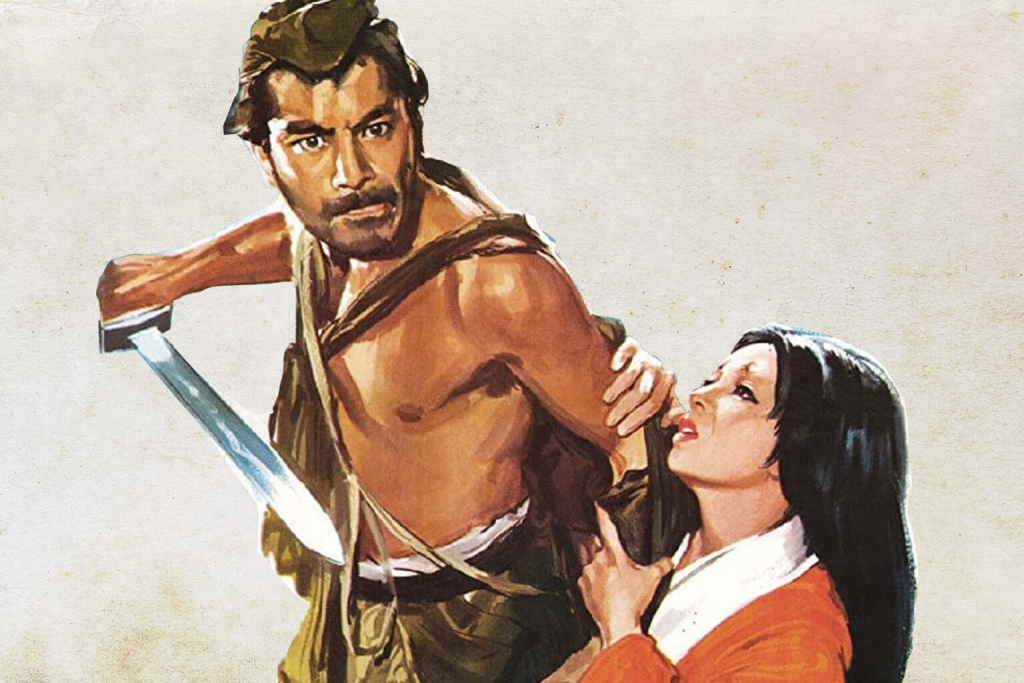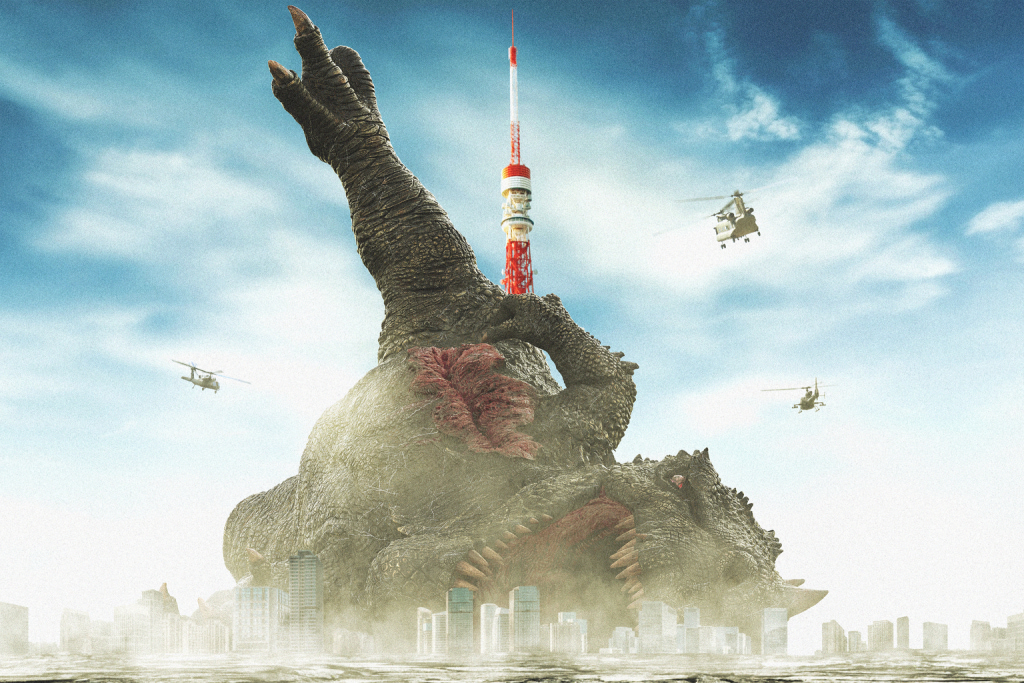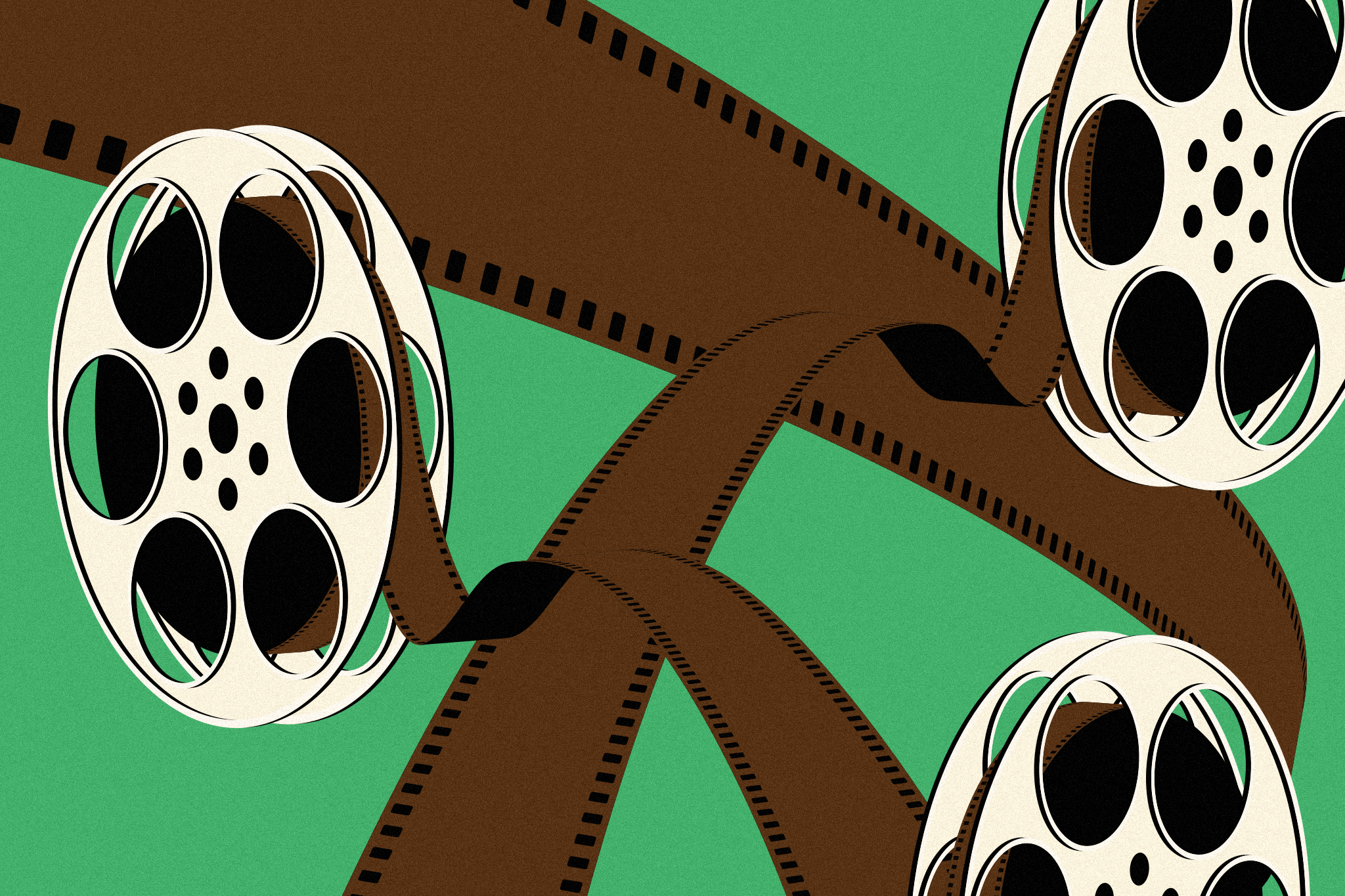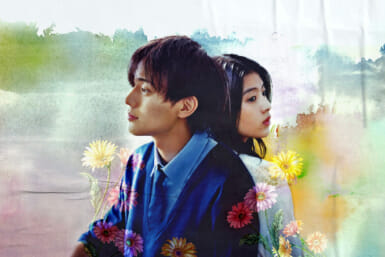The history of Japanese cinema began in the late 19th century when Thomas Edison’s Kinetoscope and the Lumière brothers’ Cinematograph arrived in Kobe in 1896 and 1897, respectively. The films shown with these devices were only around 3 minutes long, but it was enough to kickstart an industry that today fascinates and excites people around the world with its multifaceted complexity that some have spent their entire lives trying to understand. Thankfully, though, there are a lot of basics you can learn in the course of one online article.
Late 19th and Early 20th Century: Silence, Sex and Socialism
The first Japanese movies, which are now sadly lost to history, were late-19th-century adaptations of famous kabuki theater scenes and popular ghost tales. And since those tended to take place in the past around the mid-Edo period (1603–1868), it was a short leap from those stories to the creation of cinematic period dramas or jidaigeki, which remain hugely popular in Japan to this day. The undisputed king of jidaigeki silent films was director Shozo Makino, who discovered the actor Matsunosuke Onoe, the first Japanese movie star. They made well over 50 films together, including Chushingura (1910), the earliest surviving cinematic depiction of the legend of the 47 ronin.
While this was happening, Japan had already gotten a foothold in Hollywood thanks to Sessue Hayakawa (born Kintaro Hayakawa), who in 1915 was cast as the main villain in The Cheat by Cecil B. DeMille. The role propelled Hayakawa into stardom and made him what some film historians have called the first Hollywood sex symbol. Back in Hayakawa’s homeland, Japan’s silent film industry was making a lot of noise. At the time, Japan didn’t just use musicians to provide accompaniment for films but also utilized storytellers called benshi who narrated the stories, did some sound effects, changed voices for different characters and provided an immersive, deeply emotional performance.
Even without the benshi, though, early Japanese movies found fans abroad. In the early 1920s, a young director named Kenji Mizoguchi came onto the scene and made some of the first Japanese films to be screened in Germany and France. In the 1930s, he also made several socialist “tendency films,” a genre that, similar to his early work, has mostly been lost and forgotten. Mizoguchi would go on to have a prodigious movie career and is now considered one of the most important figures in Japanese cinema. His other claim to fame is mentoring one Tazuko Sakane and helping her become Japan’s first female director.
Postwar Period: Laying the Foundation for Modern Japanese Cinema
After World War II, the devastation of the conflict combined with high unemployment and total control by Allied forces of the movie industry dealt a considerable blow to Japanese cinema. Gone were the days of, say, Mizoguchi’s Osaka Elegy (1936), a progressive take on female sacrifice set to a bold jazz soundtrack. Most of the movies made between 1946 and 1952 were instead propaganda pieces, yet a few notable ones managed to sneak through, boasting some soon-to-be-big names.
In 1948, a still moderately fresh-faced director named Akira Kurosawa released Drunken Angel, a story about an unlikely friendship between an alcoholic doctor and a young gangster played by Toshiro Mifune. The two would go on to make many more films together throughout their careers. Overall, Japan’s moviemaking world appeared to be in a state of deep concentration during the postwar period, seemingly not doing much on the outside, but brimming with ideas on the inside. One of them, like the frequently rejected desire to revive period dramas with lightning-fast sword action as seen in Roningai (1928) by Masahiro Makino, son of Shozo Makino, would eventually lead to the crystallization of the chanbara samurai drama.

1950s–1960s: The Golden Age of Modern Japanese Cinema
The origins of what we now associate with Japanese cinema, including titles often found on various Top 10 and Best Ever lists, can be traced back to this two-decade window when all the right pieces came together at just the right time. Fortunately for the world, it was also a time when Japanese movies first saw wide international releases, so when foreign audiences back then saw Japanese films for the first time, they truly were the country’s best. This was signaled by Kurosawa’s Rashomon (1950). Based on the writings of Ryunosuke Akutagawa, the psychological thriller gave rise to the so-called “Rashomon effect,” a movie technique of unreliable eyewitnesses presenting their own perspectives (filtered through their prejudices and biases) when talking about the same event. The film was a massive hit, propelling Kurosawa, Mifune and Japanese cinema into the global spotlight.
A mere four years later, Kurosawa gave the world Seven Samurai, often voted the greatest foreign-language film of all time, whose influence keeps showing up in films and TV series to this day, like in the space western The Mandalorian. That same year (1954), Ishiro Honda released Godzilla with special-effect master Eiji Tsuburaya, kicking off Japan’s kaiju monster movie madness that is still going strong. If only director Yasujiro Ozu had waited one year to release his Tokyo Story (1953), widely considered one of the greatest movies in the history of cinema, then 1954 would probably have been officially declared magic.
After helping create the kaiju disaster genre with Godzilla, Tsuburaya went on to co-create Ultraman, a sci-fi franchise that pioneered tokusatsu (“special effect”) stories that would eventually lead to the birth of such worldwide phenomena like Power Rangers. But no summary of Japan’s Golden Age of Cinema would be complete without mentioning Masaki Kobayashi. There didn’t seem to be a genre that Kobayashi couldn’t master. The Human Condition (1959–1961) war drama trilogy is unparalleled when it comes to mixing epic battle scenes with the raw existential tragedy of a character battering against the system, all while remaining unbelievably beautiful.
Then in 1964, Kobayashi directed Kwaidan, one of the greatest Japanese horror films ever made, before following it up with Samurai Rebellion (1967), a jidaigeki with a more nuanced and cynical approach to the topic of samurai loyalty. Combined with the more stylized, action-packed jidaigeki of Kurosawa, it was these films that helped the chanbara genre of psychological “swashbuckler” samurai dramas reach its high point. But Japanese cinema wasn’t done growing.
1970s–Early 21st Century: Violence, Horror, and Laughter
The 1970s welcomed a new generation of directors and writers dealing with the legacy of World War II in a time of social unrest. Those that also experimented with composition and editing were classified as part of the so-called Japanese New Wave, which gave rise to Japan’s independent films. It was an era of on-screen violence, delinquency, sex, internal struggles, rebellion and a rejection of traditional forms. This proved to be fertile ground for a whole new slate of genres and approaches to filmmaking, from sexploitation “pink films” to violence fests like Toshiya Fujita’s Lady Snowblood (1973), a movie that went on to greatly influence Tarantino’s Kill Bill.
Slowly, though, movie violence moved away from jidaigeki like Lady Snowblood or the Lone Wolf and Cub franchise about an assassin for hire traveling the Edo period countryside with his son, and moved into the realm of gangster movies. Unlike previous versions, these films did away with themes of sentimentality, duty and honor and took inspiration from real accounts of Japanese gangsters to craft unflattering but honest and hard-hitting portrayals of crimes. The trend was kicked off by Battles Without Honor and Humanity — first in a series of 11 yakuza films that primarily came out between 1973 and 1979 — and was later picked by an unlikely contributor to neo-violent Japanese cinema, comedian Takeshi Kitano.
In the 1970s, he made it big as Beat Takeshi, part of a manzai (Japanese double-act) comedy duo where he played the funny man. He also became well-known to Western audiences thanks to his slapstick performance as host of the Takeshi’s Castle gameshow. Then, in 1989, he starred in, directed and co-wrote the action thriller Violent Cop and the world got to see a whole new, terrifying side of Kitano. In 1993, he followed it up with Sonatine, possibly his most iconic and psychologically haunting yakuza film ever.
The 1990s also saw the birth of modern Japanese horror thanks to Hideo Nakata’s Ring (1998) and Takashi Miike’s Audition (1999). Japanese horror as we know it today is based around the idea of rejecting, twisting and demonizing modernity (which is why a VHS tape, a symbol of innovation in the 1990s, plays such a big role in Ring). So, it made sense for a cultural wave that rejected tradition and ventured anxiously into the uncharted waters of technology and modernity to put those feelings into some spectacular spooky stories. And yet, the decades leading up to the 21st century weren’t all doom and gloom.
In 1969, Japan first met Tora-san from the Otoko wa Tsurai yo franchise. Sometimes known in the West as It’s Tough Being a Man, the series starred Kiyoshi Atsumi as Torajiro Kuruma, an eternally unlucky but fundamentally good-hearted vagabond who entertained audiences up until Atsumi’s death in 1996. In the 1980s, the Tora-san movies were so popular, they were the only thing keeping the Shochiku Studio afloat while so many of their competitors struggled or went bankrupt.

(C)2022 “WHAT TO DO WITH A DEAD KAIJU” PRODUCTIONS
Today: No Limit in Sight
Japanese cinema is showing no signs of slowing down. Since its inception, it has kept exploring, perfecting and deconstructing every movie genre it could get its hands on, always keeping things fresh and exciting. The 21st century has been no different so far. Ryusuke Hamaguchi’s 2021 film Drive My Car won the Academy Award for Best International Feature Film. Takahisa Zeze’s Tonbi (2022) was a refreshing and poignant look at single fatherhood. Daishi Matsunaga’s Egoist (2022) brought LGBTQ themes to the big screen to rave reviews and Yuki Matsuzaki’s short film, Mosaic Street (2022), educated audiences about the diverse demographics of modern Japan.
Even when you completely overlook anime, there’s still so much to learn about Japanese cinema. This article would need to be 10 times longer to even begin to scratch that surface, but if nothing else, perhaps it will work as a sincere and heartfelt invitation into the beautiful world of Japanese movies.









